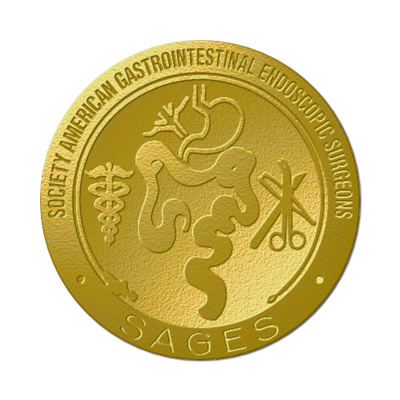-
A computer vision challenge is a competition or task designed to evaluate and advance the state of the art in computer vision algorithms and techniques. These challenges typically involve a dataset of images or videos and a specific problem or task that computer vision models must solve, such as object detection, image segmentation, or facial recognition.
Participating teams or individuals submit their solutions, which are then evaluated based on performance metrics like accuracy, precision, recall, or F1 score. Computer vision challenges serve as an essential way to encourage research, collaboration, and innovation in the field.
These challenges have driven significant progress in computer vision research and have led to the development of more sophisticated models and techniques over time.
-
Laparoscopic surgery, also known as minimally invasive surgery or keyhole surgery, is a modern surgical technique that allows surgeons to perform various procedures through small incisions in the body. This approach is different from traditional open surgery, which typically involves larger incisions to access the surgical site.
In laparoscopic surgery, a laparoscope—a rigid lens system connected to a small high-definition camera at its end and to a light source via a flexible fiber optic cable —is inserted through one of the small incisions. The camera transmits real-time images to a video monitor, giving the surgeon a magnified view of the surgical site. Specialized surgical instruments are then inserted through the other small incisions to perform the procedure while the surgeon watches the monitor.
Laparoscopic surgery offers several advantages compared to open surgery:
Smaller incisions result in less pain, reduced scarring, and a shorter recovery time for patients.
Reduced risk of complications: There is a lower risk of infection, bleeding, and other complications associated with the surgery.
Shorter hospital stay: Patients often go home the same day or the day after the surgery, whereas open surgery may require a longer hospital stay.
Quicker return to normal activities: Due to the procedure's minimally invasive nature, patients can typically resume their daily activities faster than with open surgery.
-
Laparoscopic cholecystectomy is a minimally invasive surgical procedure employed to remove the gallbladder, a small, pear-shaped organ located in the upper right side of the abdomen responsible for storing bile produced by the liver. It is connected to the liver and the blood system through a network of ducts and blood vessels.
Gallstones, inflammation, or other gallbladder-related issues may necessitate a cholecystectomy as a treatment option.
-
Complications during laparoscopic cholecystectomy, although relatively rare, can occur for various reasons. Some of the factors contributing to these complications include:
Patient factors: Include anatomical variations, inflammation, infection, adhesions, bleeding, and disease process.
Equipment failure: Malfunctioning or inappropriate use of surgical instruments or equipment can contribute to complications during the procedure.
Surgical experience and skill: The surgeon's experience and skill level can significantly impact the outcome of the surgery. Inadequate experience, unfamiliarity with the anatomy, or technical errors can contribute to complications.
All those three factors could lead to impaired visual perception and misidentification of structures, such as the cystic duct, common bile duct, or other critical structures. These can lead to injuries, such as bile duct injuries, which are among the most severe complications in laparoscopic cholecystectomy.
To minimize complications during laparoscopic cholecystectomy, it is essential to adhere to best surgical practices, such as achieving the Critical View of Safety, maintaining aseptic techniques, and using appropriate equipment. Proper patient selection, thorough preoperative assessment, and an experienced surgical team can also help reduce the risk of complications.
-
The Critical View of Safety (CVS) is a widely accepted concept in laparoscopic cholecystectomy, which aims to minimize the risk of complications during the procedure.
The CVS concept was first introduced by Dr. Steven Strasberg in 1995 to help prevent bile duct injuries, which are one of the most severe complications of laparoscopic cholecystectomy.
The critical view of safety is obtained by the visual identification of three criteria that must be achieved before clipping and dividing the cystic duct and artery.
These criteria are:
1- Clearance of the hepatocystic triangle.
2 - Isolation of the cystic duct and cystic artery.
3 - Visibility of the gallbladder-liver interface.
-
The SAGES Video Acquisition Portal, powered by SST, allows for easy uploading, concatenating, formating, and safe de-identification of your laparoscopic Cholecystectomy videos. To learn how to use the Portal, click here.
Two structures ✔️ + Hepatocystic Triangle ✔️ + Cystic Plate ✔️ = The Critical View of Safety ✅ ...............................................................
Two structures ✔️ + Hepatocystic Triangle ✔️ + Cystic Plate ✔️ = The Critical View of Safety ✅ ...............................................................
